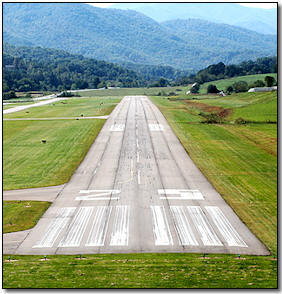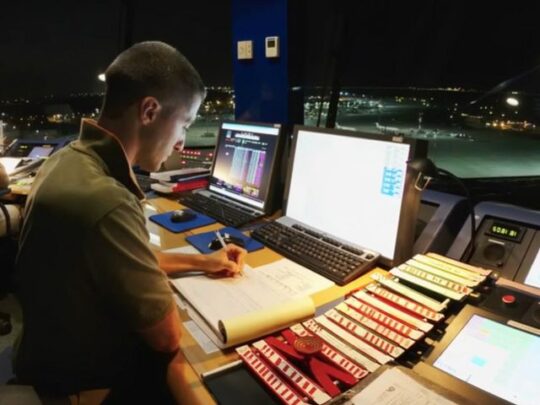Subscriber question:
"Should you lean your aircraft's engine when taking off from high altitude airports in summer time? What is the best technique to lean the mixture in this situation?" - Jim G.
Bob:
“Before departure you should comply with the procedures spelled out in your Pilot Operating Handbook to achieve the performance that the POH performance charts indicate is available.
 Because the air is less dense at higher altitudes, a normally aspirated engine will run overly rich unless the fuel flow is cut back. Overly rich mixtures result in less available power and may even cause engine roughness.
Because the air is less dense at higher altitudes, a normally aspirated engine will run overly rich unless the fuel flow is cut back. Overly rich mixtures result in less available power and may even cause engine roughness.
As a general rule, for normally aspirated engines with a fixed pitch propeller (non-turbocharged), prior to takeoff from fields above 3,000 feet field elevation, the mixture should be leaned to give maximum RPM in a full throttle, static run-up.
Airplanes with constant speed propellers can best be adjusted using an EGT gauge or maximizing RPM during the run-up (1800-2000 RPM range).
Turbocharged airplanes can depart with the mixture set as you normally do at lower altitudes using the placarded fuel flows for your altitude.
For specific procedure for your aircraft, check in the normal procedure section and performance section of your POH.”

